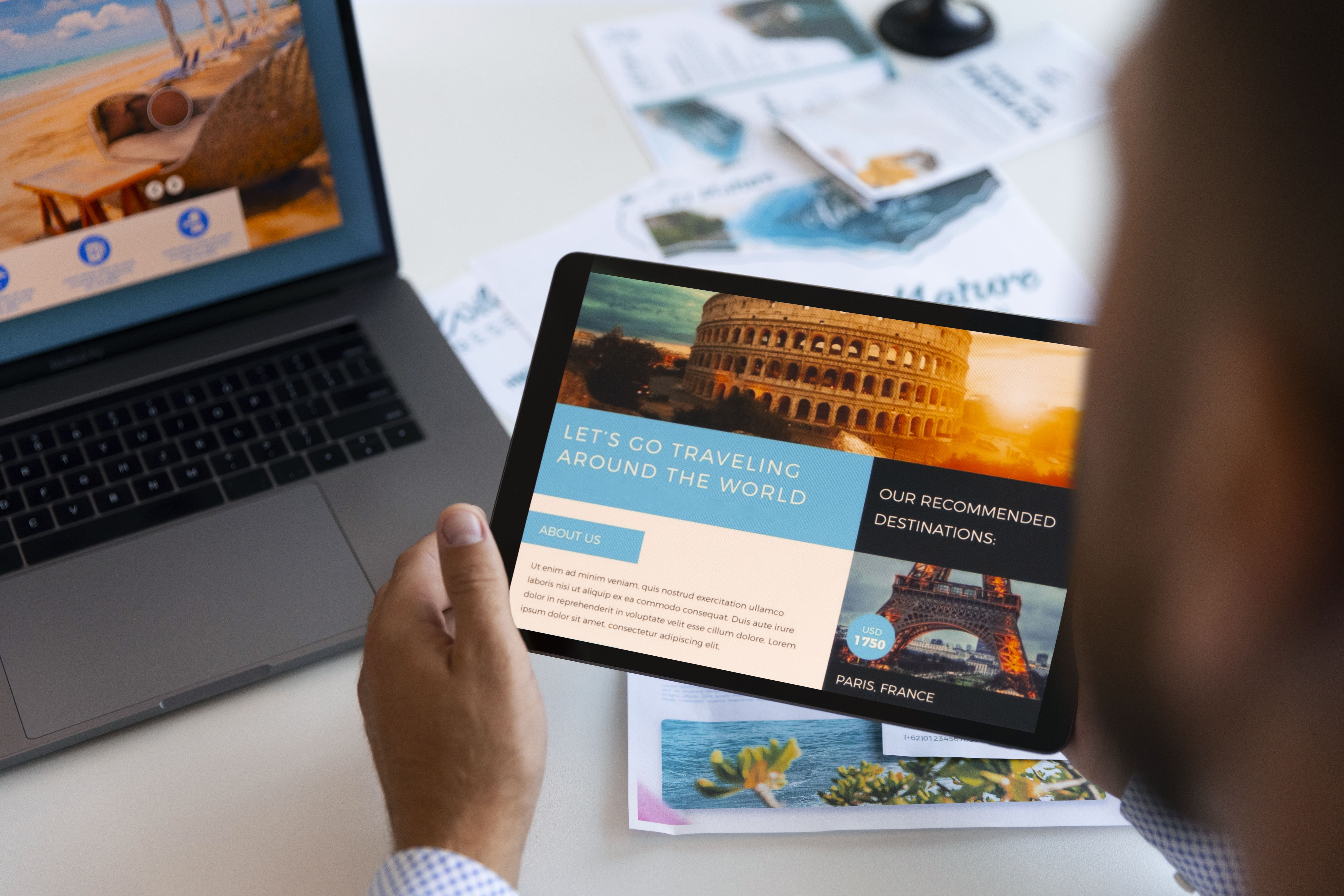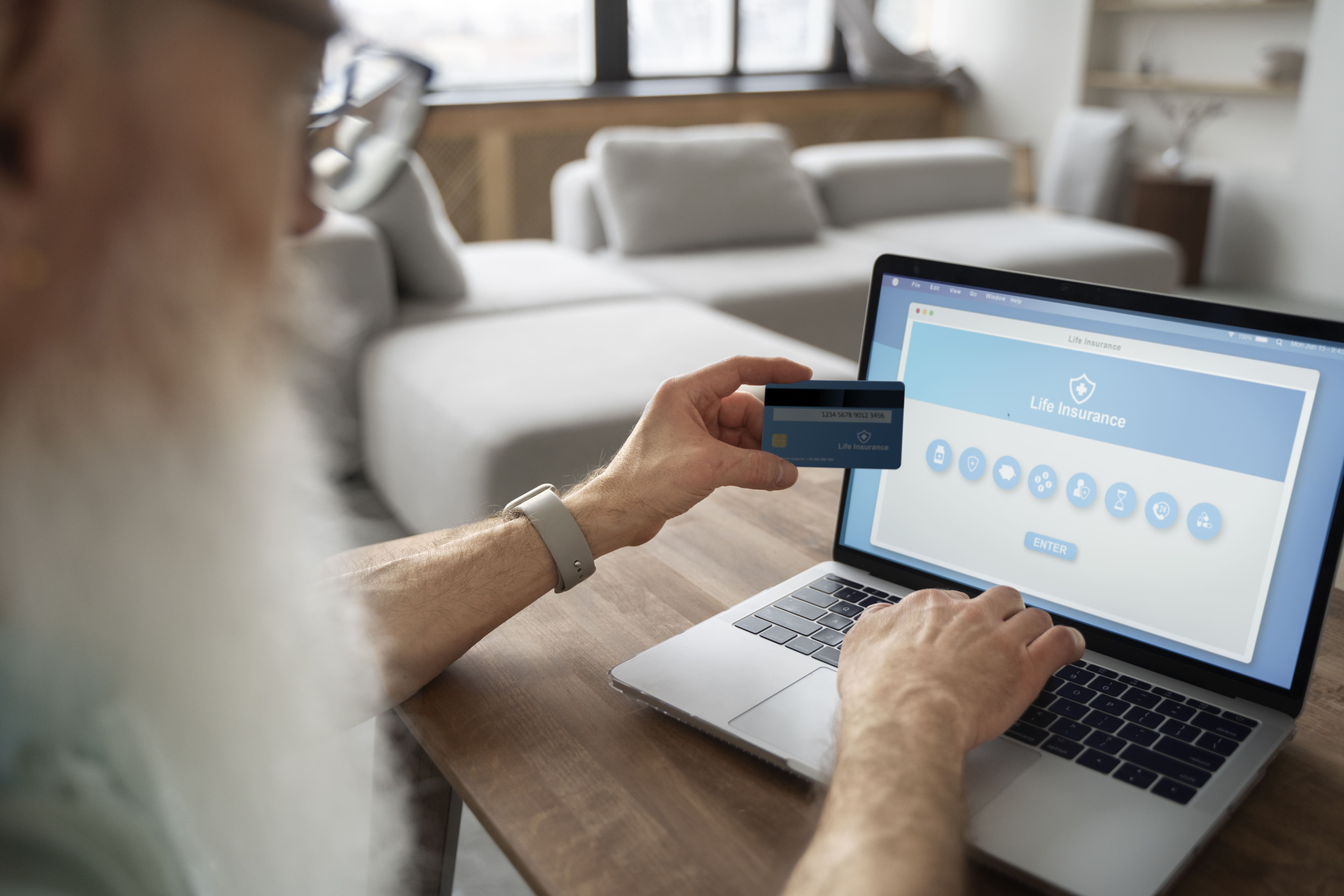
Advanced
Machine Learning
Harness the power of cutting-edge machine learning algorithms to make informed lending decisions with unprecedented accuracy.
Partnership approach
Collaborative success
We believe in the power of partnership. When you choose us, you're not just getting a vendor – you're gaining a trusted ally committed to your institution's success.
Inteligencia artificial
Con nuestro ecosistema de herramientas, nuestro equipo global de expertos puede ayudarlo a diseñar, planificar y construir su experiencia de IA.
Modelos predictivos avanzados
Automatización inteligente
Análisis de grandes datos
Inteligencia artificial
Con nuestro ecosistema de herramientas, nuestro equipo global de expertos puede ayudarlo a diseñar, planificar y construir su experiencia de IA.
Modelos predictivos avanzados
Automatización inteligente
Análisis de grandes datos
Inteligencia artificial
Con nuestro ecosistema de herramientas, nuestro equipo global de expertos puede ayudarlo a diseñar, planificar y construir su experiencia de IA.
Modelos predictivos avanzados
Automatización inteligente
Análisis de grandes datos
Inteligencia artificial
Con nuestro ecosistema de herramientas, nuestro equipo global de expertos puede ayudarlo a diseñar, planificar y construir su experiencia de IA.
Modelos predictivos avanzados
Automatización inteligente
Análisis de grandes datos
Industrias
Elija un socio con conocimiento profundo de su industria
Bancario
Educación
Marketing
Otros
Desarrollamos soluciones para entidades de alto prestigio
Contamos con la experiencia y respaldo de entidades financieras de renombre, para las cuales hemos desarrollado soluciones de alto impacto que han facilitado acelerar los procesos e innovar en áreas específicas, permitiéndoles tener un mejor control sobre sus decisiones, además mantenemos estrictos estándares de seguridad que le da a nuestros clientes la confianza para trabajar de la mano con Andheuris.





Nuestros Clientes
Nuestros resultados.
Escuche lo que nuestros clientes tienen que decir sobre nuestro equipo y nuestros servicios.
Preguntas Frecuentes
Respuestas rápidas preguntas frecuentes
¿Dónde fue fundada la empresa?
¿Cómo se asegura la calidad del software desarrollado?
¿Ofrecen mantenimiento y soporte técnico después del lanzamiento?
¿Qué metodologías de desarrollo utilizan?
¿Qué servicios de desarrollo de software ofrece su empresa?
Blog & news
Discover our latest posts
Your source for insights and inspiration in the world of lending and financial services.
The Role of Prototyping in Product Design
8 jul 2024

Prototyping plays a pivotal role in product design, serving as a bridge between initial concepts and final products. By creating tangible representations of ideas, prototypes allow designers, stakeholders, and users to explore, test, and refine designs before full-scale production. This iterative process is crucial for addressing potential issues, validating design choices, and ultimately delivering a successful product. Here’s an in-depth look at the role of prototyping in product design and its various benefits.
Transforming Concepts into Tangible Forms
Prototyping transforms abstract ideas into tangible forms, enabling designers to visualize and interact with their concepts. Whether through sketches, 3D models, or functional prototypes, these early representations provide a clearer understanding of how a product will look and function. By creating physical or digital prototypes, designers can test and validate design concepts in a more concrete manner, making it easier to identify potential challenges and opportunities for improvement.
Facilitating User Feedback and Validation
One of the most significant advantages of prototyping is the ability to gather user feedback early in the design process. By presenting prototypes to potential users, designers can gain valuable insights into user preferences, pain points, and usability issues. This feedback is crucial for validating design assumptions and ensuring that the product meets user needs and expectations. Early user testing helps in refining the design, reducing the risk of costly changes later in the development process.
Exploring and Refining Design Options
Prototypes allow designers to explore multiple design options and iterate on ideas rapidly. Creating different versions of a prototype helps in evaluating various design approaches and understanding their impact on functionality, aesthetics, and user experience. This iterative process enables designers to experiment with different features, materials, and interactions, ultimately leading to a more refined and optimized product design. By evaluating and comparing prototypes, teams can make informed decisions about the best direction for the final design.
Enhancing Communication and Collaboration
Prototyping serves as a powerful tool for communication and collaboration among design teams, stakeholders, and clients. A prototype provides a tangible reference that facilitates discussions about design choices, functionality, and overall vision. It helps align everyone involved in the project by providing a concrete representation of ideas, reducing misunderstandings, and fostering a shared understanding of the product’s goals and features. This collaborative approach ensures that all stakeholders have a clear view of the design and can contribute to its development effectively.
Identifying and Addressing Design Flaws
Testing prototypes helps in identifying and addressing design flaws early in the process. By interacting with prototypes, designers and users can uncover usability issues, technical challenges, and design inconsistencies that may not be apparent in conceptual stages. Early detection of these issues allows for timely adjustments, reducing the risk of costly revisions during later stages of development. Prototyping enables designers to refine and optimize the design, ensuring that the final product is functional, reliable, and user-friendly.
Supporting Decision-Making and Risk Mitigation
Prototypes play a critical role in decision-making and risk mitigation by providing a practical basis for evaluating design choices. When faced with complex decisions or uncertainties, prototypes offer a tangible way to assess the impact of different design options. This helps in making informed decisions about features, materials, and production methods. By validating design concepts through prototypes, teams can reduce the risk of costly mistakes and ensure that the final product aligns with project goals and user expectations.
Demonstrating Feasibility and Attracting Investment
For startups and product developers, prototypes can be instrumental in demonstrating the feasibility of a product concept and attracting investment. A well-crafted prototype provides a tangible demonstration of the product’s potential, helping to persuade investors, stakeholders, and potential partners of its viability. It serves as a proof of concept, showcasing the product’s functionality, design, and market potential, which can be crucial for securing funding and support for further development.
Streamlining the Development Process
Prototyping helps streamline the development process by providing a clear roadmap for production. By refining design concepts and addressing issues early, prototypes reduce the likelihood of unexpected challenges during manufacturing. A well-tested prototype serves as a reliable reference for engineers and manufacturers, facilitating a smoother transition from design to production. This efficiency not only accelerates the development timeline but also improves the overall quality of the final product.
Facilitating User Training and Onboarding
In addition to its role in design and development, prototypes can be valuable for user training and onboarding. Functional prototypes, especially for complex products or systems, can be used to demonstrate features and functionalities to users before the final product is available. This helps in familiarizing users with the product, providing hands-on experience, and gathering feedback on usability and training needs. Effective training and onboarding contribute to a smoother product launch and better user adoption.
Conclusion
Prototyping is a fundamental aspect of product design, offering numerous benefits that enhance the overall design process. By transforming concepts into tangible forms, facilitating user feedback, exploring design options, and supporting collaboration, prototypes play a crucial role in creating successful products. They help in identifying and addressing design flaws, supporting decision-making, and streamlining the development process. Additionally, prototypes serve as a valuable tool for demonstrating feasibility, attracting investment, and facilitating user training. Embracing prototyping in product design not only improves the quality and effectiveness of the final product but also ensures a more efficient and informed design process.

